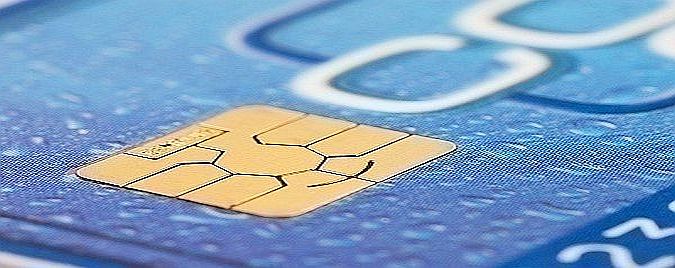
The United States is transitioning to full adoption of EMV chip-enabled cards to reduce credit card fraud by October 2015. I received the following information from Intuit and wanted to share this for all libraries that accept credit cards.
What is EMV?
EMV is the global standard for smart card payments and acceptance devices, named after the developers: Europay, MasterCard, and Visa. EMV microchip-enabled cards provide stronger security and other capabilities not possible with traditional magnetic stripe cards.
Credit card companies are already issuing EMV/chip cards. A special card reader is required to read these EMV chips, but you can still swipe the cards through the same magnetic stripe readers you’re using today. However, to encourage businesses to adopt the more secure technology of EMV/chip cards, a liability shift is going into effect on October 1, 2015. Today, if you run a transaction on a fraudulent card, the bank assumes the loss. Starting in October 2015, if you swipe a fraudulent EMV/chip card with a magnetic stripe reader, you could be liable for that charge.
What this means for you
If you’re concerned about fraudulent credit card transactions, you may want to get an EMV reader. An EMV device reads the microchip embedded in the card and authenticates that the credit card is valid. This reduces your liability for fraudulent transactions.
Some questions to consider:
- Do you sell to customers that you don’t know?
- Do you sell expensive items?
- If you accept a fraudulent credit card and can’t collect the funds, would that have a material impact on your business?
What you need to do
It’s your choice. You can switch to an EMV card reader. Or, you can do nothing and continue to accept credit cards as you always have but with increased liability for fraudulent transactions.
If you do not hear from the company your library utilizes, get in contact regarding the shipment of a new card reader. There may be a charge for the EMV card reader.
